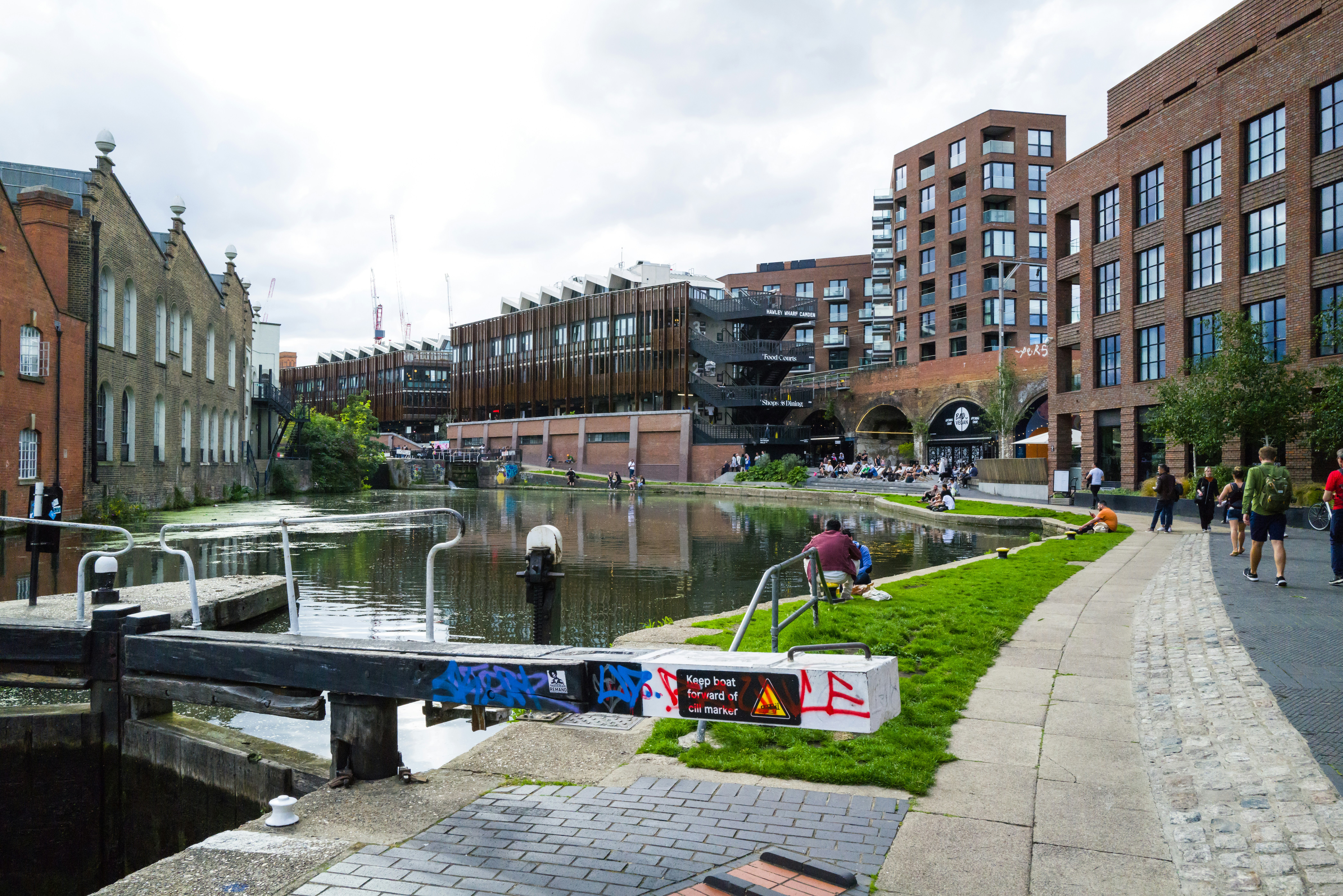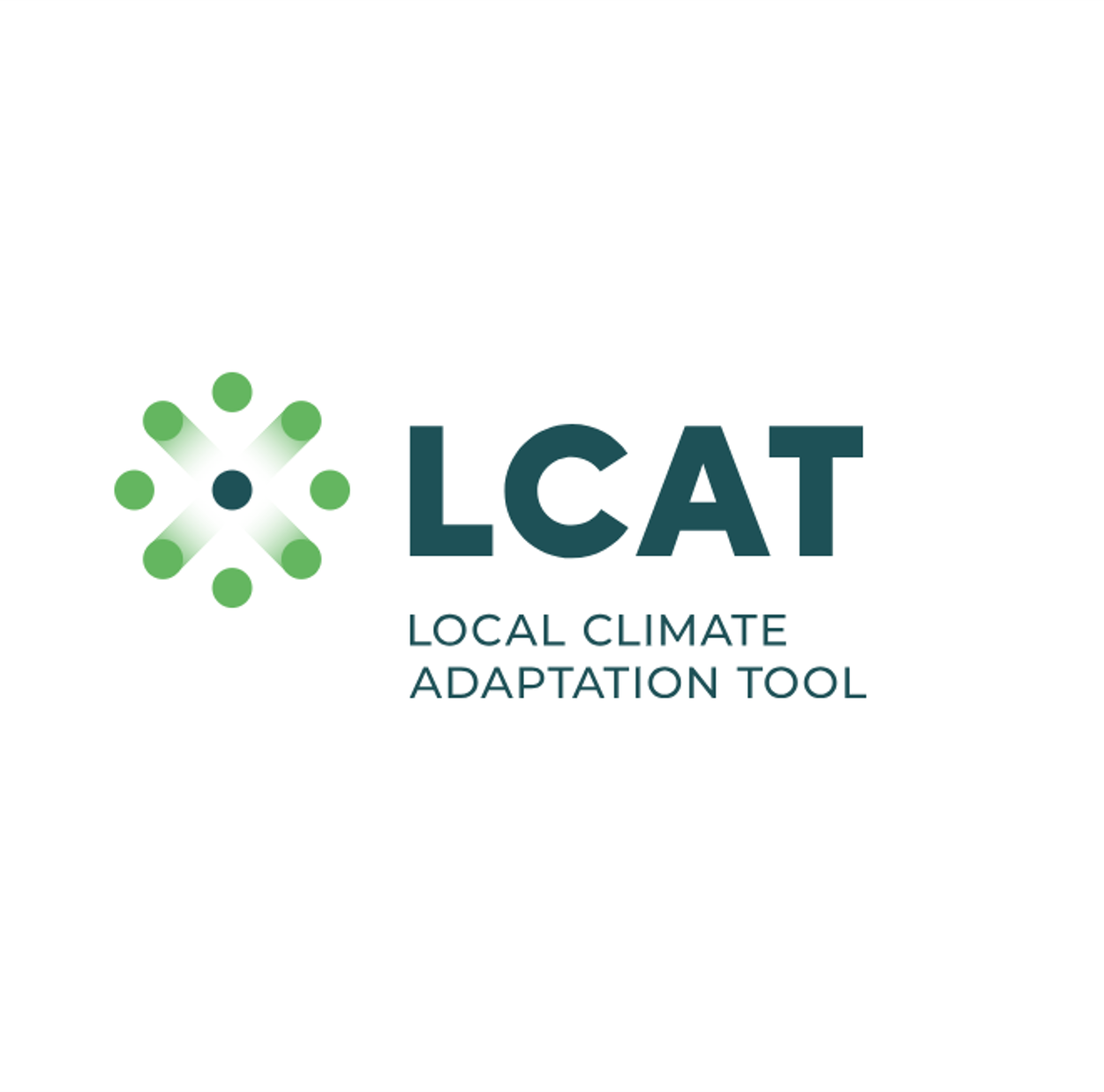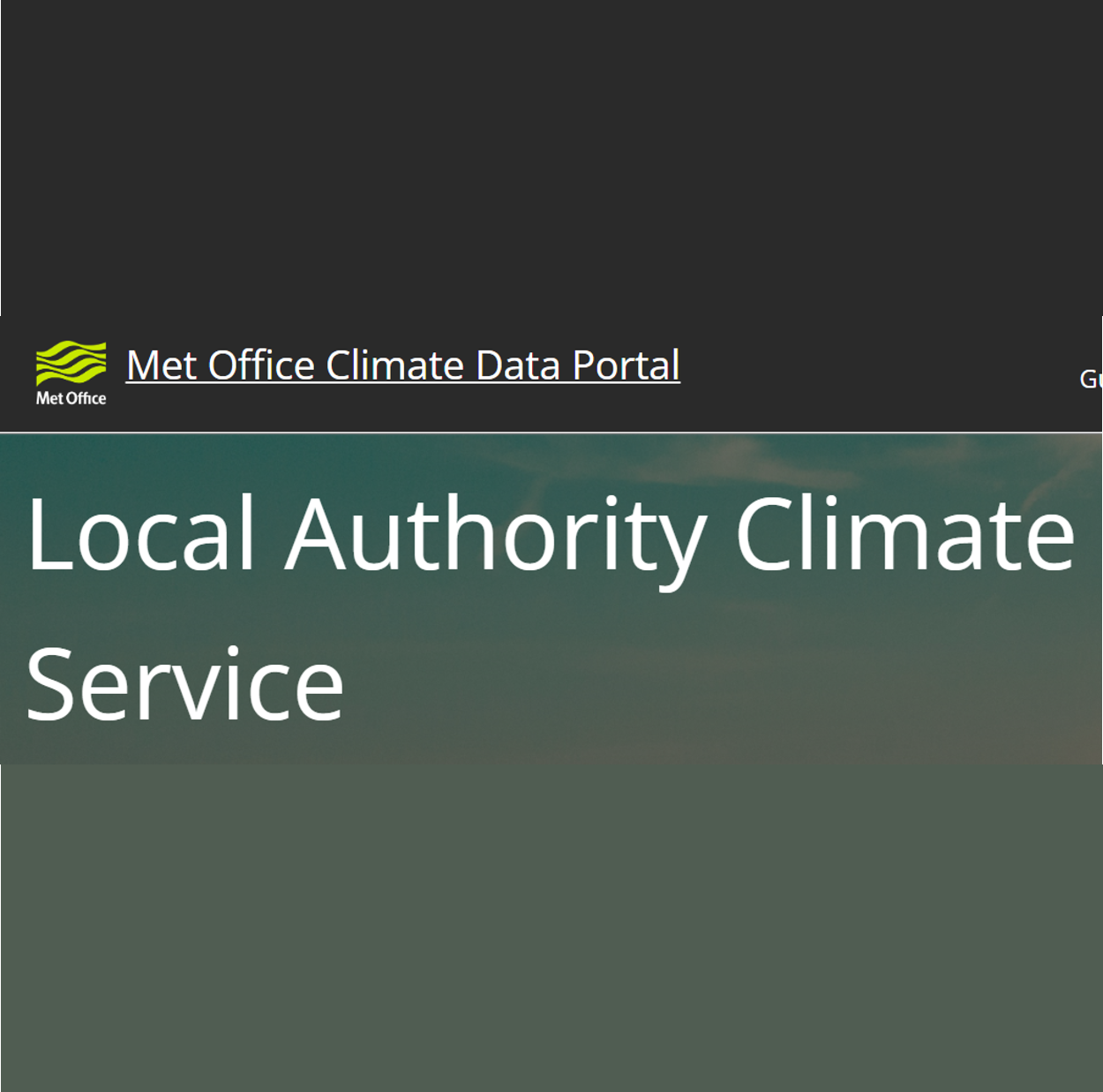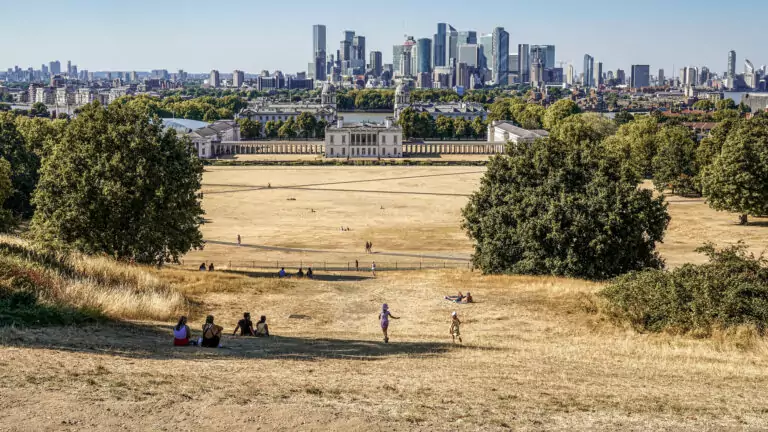A vision for a Flood-Resilient City: the London surface water strategy

This article is a summary version of the original report, which can be accessed for more detail and research purposes. The full, detailed project report is available from the Mayor of London’s office.
Summary
This report explores the London Surface Water Strategy, an ambitious plan to address the escalating threat of surface water flooding. Developed by the Flood Ready London partnership – which includes the Environment Agency, London Councils, the Mayor of London, and Thames Water – the strategy emphasizes a collective, resilience-focused approach. The main finding is that London is underprepared for climate change impacts, with nearly 320,000 properties at high risk of surface water flooding. Key findings suggest:
- Vulnerability is a priority: The strategy aims to identify and protect London’s most vulnerable residents from the health and mobility impacts of flooding.
- Nature-based solutions are key: Green infrastructure, such as Sustainable Drainage Systems (SuDS), is highlighted as essential for absorbing rainfall and creating a healthier urban environment.
- Partnership is crucial: Effective solutions require leveraging the collective expertise and resources of all stakeholders, from government bodies to local communities.
- Immediate action is underway: A Year One Action Plan is in motion, including the establishment of two Surface Water Catchment Partnerships and a £1.5 million investment in SuDS.
Introduction
Following the widespread flooding in July 2021 and warnings from the London Climate Resilience Review, it has become clear that London’s preparedness for climate change is insufficient. The city faces a perfect storm of a growing population, a dense urban landscape, and increasingly frequent severe weather events. In response, the Surface Water Strategic Group was formed in 2022 to develop London’s first comprehensive strategy for tackling this challenge. The purpose of this research is to outline this strategy, which shifts the focus from simple flood defense to building city-wide resilience, ensuring that when flooding occurs, its impact is minimized and recovery is swift.

Methodology
The strategy was developed through extensive collaboration and is built on six guiding principles. The methodology involved five key steps:
- Prioritisation: A framework was used to prioritise actions based on criteria such as protecting the vulnerable, creating co-benefits (win-win options), and ensuring adaptability.
- Evidence-Based Planning: Actions are informed by hydrology, aligning efforts with the natural movement of water to create a framework for collaboration.
- Partnership Development: The strategy emphasizes working in more effective partnerships to leverage collective resources and deliver solutions that meet the complex needs of London.
- Stakeholder Engagement: The strategy was developed through consultations with London Boroughs, environmental managers, community groups, and the public to ensure a comprehensive and inclusive approach.
- Action Development: The strategy sets out three core ambitions—Resilient Places, Empowered People, and Coordinated Delivery—each with associated “Step Change Actions” to guide implementation.
#1 Resilient Places
Key Messages
- London’s homes, workplaces, and public spaces must be better prepared to manage surface water.
- Integrating nature-based solutions, like SuDS, into the urban landscape is critical for absorbing rainfall and reducing runoff.
- Adapting existing infrastructure and informing new developments are essential to long-term resilience.
The first ambition of the strategy is to ensure that London’s physical environment can withstand the pressures of intense rainfall. This involves retrofitting existing buildings and spaces with features like green roofs and permeable pavements, as well as ensuring that new developments are designed with flood resilience in mind from the outset. By making our “places” more absorbent and better able to manage water, we can reduce the likelihood and severity of flooding events.
(Figure 3.1: A graphic showing how SuDS can be integrated into a typical London street, with features like rain gardens and permeable surfaces.)
Areas for action
- Invest in and roll out Sustainable Drainage Systems (SuDS) across the city, supported by the initial £1.5 million commitment.
- Update planning policies and building regulations to mandate flood-resilient design and construction.
- Identify and retrofit the most at-risk areas to protect vulnerable communities and critical infrastructure.
- Promote the creation of green spaces that can act as natural sponges during heavy rainfall.
#2 Empowered People
Key Messages
- London’s residents, communities, and businesses must be active participants in building flood resilience.
- Increased awareness and understanding of flood risk are necessary to empower people to take action.
- Providing accessible information and practical tools can help individuals protect their own properties and contribute to wider community efforts.
The strategy recognizes that a truly resilient city is one where everyone plays a part. This ambition focuses on equipping Londoners with the knowledge and resources they need to understand their flood risk and take practical steps to mitigate it. This includes everything from providing guidance on property-level flood protection measures to fostering community-led initiatives like local flood action groups. When people are empowered, they can make informed decisions that not only protect themselves but also contribute to the resilience of their entire neighborhood.
Areas for action
- Launch a public awareness campaign to educate Londoners about the risks of surface water flooding.
- Develop and distribute toolkits and resources for homeowners and businesses on how to prepare for and respond to floods.
- Support the formation of local community groups focused on flood resilience and adaptation.
- Create platforms for sharing information and best practices among residents and community organizations.
#3 Coordinated Delivery
Key Messages
- All stakeholders involved in managing surface water must work together in a coordinated and integrated way.
- Fragmented governance and funding are significant barriers that need to be overcome.
- Strong leadership is required to drive change and ensure accountability across all sectors.
The final ambition addresses the complex and often fragmented nature of surface water management in London. The strategy calls for a more unified approach, bringing together the various organizations responsible for drainage, planning, and emergency response. The Flood Ready London partnership is the cornerstone of this effort, providing a forum for joint planning, resource sharing, and coordinated action. By breaking down silos and aligning efforts, the strategy aims to deliver more effective and efficient solutions for the entire city.
Areas for action
- Establish and support Surface Water Catchment Partnerships, like the two already being set up in Central London and the Lee Valley.
- Develop a shared risk register and a joint investment approval process to target resources where they are needed most.
- Streamline governance and clarify the roles and responsibilities of different organizations.
- Advocate for policy changes at the national level to better support urban flood resilience.
A collaborative path forward for a resilient London
To address the systemic and interconnected nature of flood risk, a more integrated and collaborative approach is essential. This strategy demonstrates the value of bringing together diverse stakeholders to build a shared understanding of the challenges and co-create effective solutions. However, realizing the vision of a climate-resilient London will require sustained commitment and investment from all partners. By embedding long-term thinking into policy and practice, we can create a city that is not only safer and better prepared for the impacts of climate change but also healthier, greener, and more prosperous for all.
Areas for action
- Continue to build and strengthen the Flood Ready London partnership, ensuring it has the resources and authority to lead this work.
- Monitor progress against the strategy’s ambitions and adapt the approach as needed based on new data and evidence.
- Explore innovative funding models to finance the large-scale investment in green infrastructure and other resilience measures.
- Share lessons learned from London’s experience to help other cities around the world build their own climate resilience.
Citation
Mayor of London. September 2025. London Surface Water Strategy. London: Greater London Authority. https://www.london.gov.uk/programmes-strategies/environment-and-climate-change/climate-change/climate-adaptation/surface-water-flooding/london-surface-water-strategy






Comments
There is no content